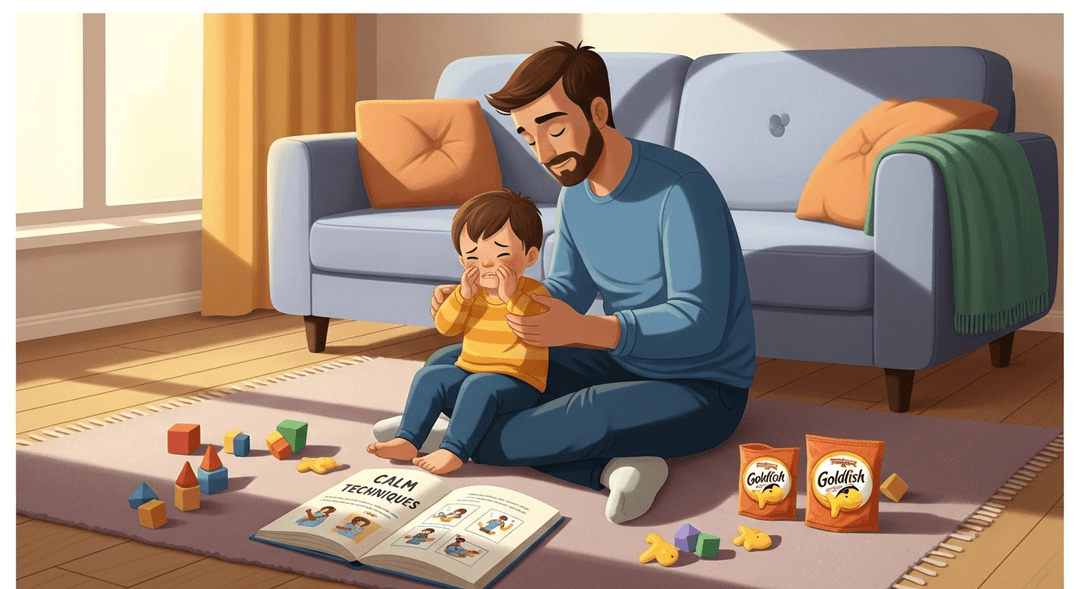Help Them Develop Coping Strategies for Stress
Ever tried to teach your kid to chill out, only to find yourself stress-eating Goldfish crackers in the pantry? Welcome to the magical world of kid-sized meltdowns and the desperate search for coping strategies. If you’ve ever wished you could just install a 'Calm Down' button, this is as close as it gets—minus the tech support.
Helping kids practice coping skills literally rewires their brains—think more calm circuits, fewer panic sirens. It boosts emotional regulation, builds resilience, and teaches them that feelings aren’t scary monsters. Bonus: when you model these skills, your own stress hormones chill out, too.
How to do it
-
Model the skill first. Show your child how to use a calming strategy by taking a dramatic deep breath or saying, "I need a minute." Demonstrating the behavior helps them understand what to do.
-
Keep it simple. Teach one strategy at a time, such as deep breaths, counting to ten, or saying what’s wrong. Focusing on a single approach makes it easier for your child to remember and use the skill.
-
Practice when everyone is calm. Work on these strategies during peaceful moments, not just in the middle of a tantrum. This helps your child learn without the pressure of big emotions.
-
Notice and name feelings together. For example, say, "Looks like you’re frustrated—let’s try our breathing trick!" Naming emotions helps your child recognize what they’re feeling and connect it to a coping strategy.
-
Celebrate any attempt. Acknowledge every bit of effort, even if it’s just a small step or a whisper of progress. Positive reinforcement encourages your child to keep trying.
Key Tips:
- Be patient—learning new skills takes time.
- Use encouraging language and stay positive.
- Practice regularly to build confidence and familiarity.
- Adjust strategies to fit your child’s needs and preferences.
